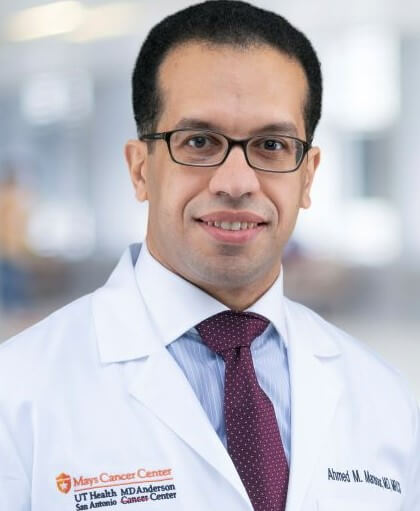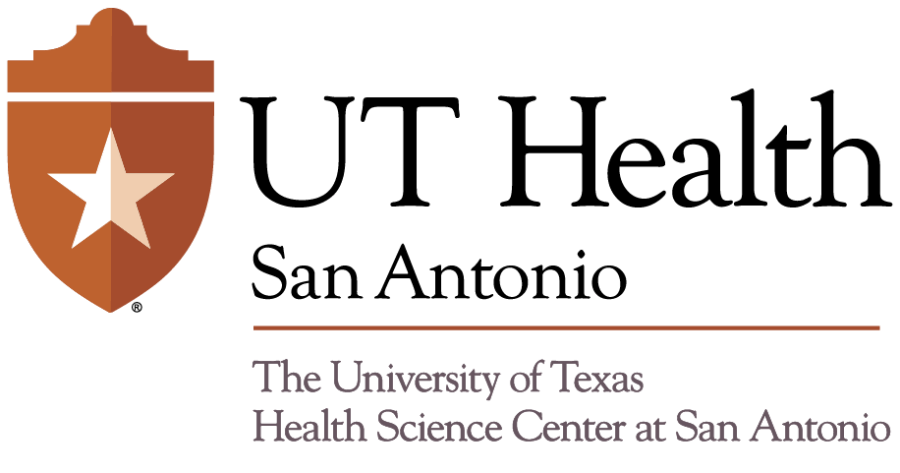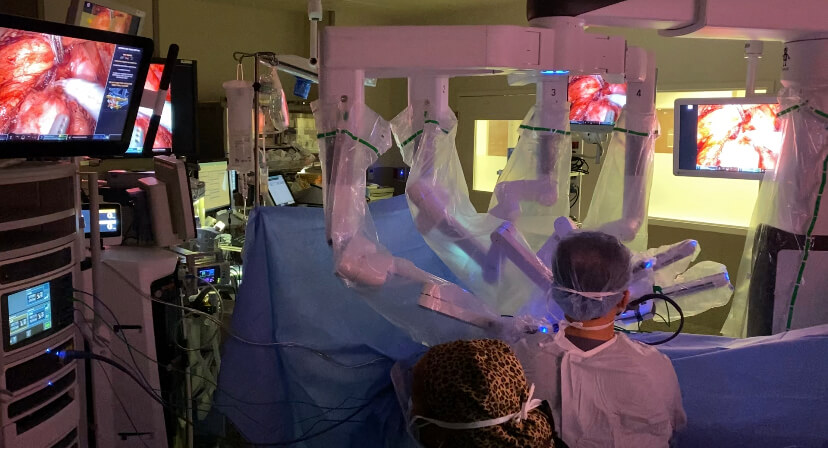Antonio Flores admits he was “very curious” when told a robot would be used to operate on him. “But honestly,” he said, “everything I was thinking at that moment was to recover the quickest, so I could get back to work.”
Surgeons at Mays Cancer Center, home to UT Health San Antonio MD Anderson Cancer Center, inserted cameras and surgical instruments inside his abdomen and controlled them using robotic systems to remove cancerous lymph nodes. The procedure typically isn’t done on patients like Flores with cancer in their enlarged nodes after getting chemotherapy.
Still, Flores got his wish, and more. He was out of the hospital in days and back at work in short time. Most importantly, Flores, just 21 and diagnosed with testicular cancer in February, is now cancer-free.
“This is great news for testicular cancer patients,” said Ahmed Mansour, MD, MRCS, Flores’ surgeon, associate professor of urology at UT Health San Antonio and a member of the team at Mays Cancer Center. “For us to undertake such a challenge and to perform this surgery successfully, with an outcome better than with traditional open surgery, is a significant achievement.”

With an innovative approach using an enhanced robotics system, Mays Cancer Center now is one of only few centers nationwide that can do the procedure on patients in Flores’ situation. Not that long ago, surgery required 10-inch-long incisions across the abdomen and led to lengthier and more painful hospital stays and recovery.
The newer procedure is called robotic retroperitoneal lymph node dissection, or robotic RPLND. Although the procedure has been previously reported, Mays Cancer Center developed technical improvements to make it safer, more effective and applicable in new indications.
Testicular cancer mainly affects young men like Flores, and it requires multidisciplinary care and significant coordination between surgeons and medical oncologists. The disease itself has excellent cure rates. However, it commonly spreads to abdominal lymph nodes.
Standard RPLND traditionally has involved open surgery with the incisions spanning the entire abdomen, and the prolonged recovery.
“It is a challenging procedure,” Dr. Mansour said. “After chemotherapy, the lymph nodes become closely attached to the major blood vessels, and taking them out involves risk of injury.”
For that reason, robotic RPLND largely has been reserved for cases in which chemotherapy hasn’t been done or nodes aren’t visibly enlarged. However, Mays Cancer Center hit upon a novel approach.
“With some technical modifications, we are able to mimic open surgery in patients with bulky lymph nodes who have already received chemotherapy,” he said, and precisely maneuver instruments with the help of robotics, requiring only small, half-inch incisions.
Moreover, robotic RPLND now can be performed to remove nodes from both sides of the body in one setting.
While both RPLND procedures remain challenging and continue to take eight to 10 hours to perform, patients now can leave the hospital after two days, and the smaller incisions heal faster and with less scarring.
Dr. Mansour says Flores continues to do well, and that the urology department is starting a study to evaluate long-term outcomes of other patients undergoing robotic RPLND.
“Recovery was so quick,” Flores said. “It was an amazing surgery, and I thank Dr. Mansour for making this possible.”


